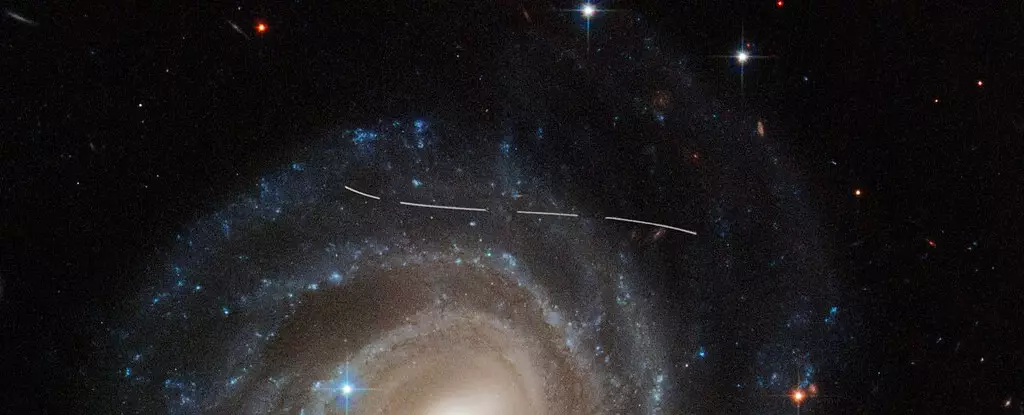The Hubble Space Telescope has been a beacon of discovery for over three decades, capturing images that have expanded our understanding of the cosmos. Recently, an international team of citizen scientists, in collaboration with astronomers from the European Space Agency (ESA), utilized machine learning algorithms to identify over one thousand asteroids in Hubble’s archival data. This innovative approach has opened new possibilities for exploring data collected years ago, shedding light on previously undiscovered celestial bodies.
Unlocking the Secrets of Asteroids
Asteroids are remnants of the early solar system, offering valuable insights into its formation approximately 4.5 billion years ago. These objects, ranging in size from pebbles to planetoids, pose a unique challenge to astronomers due to their faint nature and constant motion around the Sun. By analyzing the curved trails left by these asteroids in Hubble’s exposures, researchers can determine their distances and estimate the shapes of their orbits. This ability to study large samples of asteroids enables scientists to test theories about the evolution of the Main Asteroid Belt, providing crucial information about our solar system’s history.
The discovery of a significant number of candidate asteroids in Hubble’s archival data has sparked new questions about the evolution of the solar system. The identification of a large sample of main-belt asteroids challenges existing theories regarding their origins and development over billions of years. These unexpected findings highlight the importance of continued exploration and analysis of astronomical data to unravel the mysteries of our universe.
The collaboration between professional astronomers and citizen scientists has proven to be a powerful tool for expanding our knowledge of the cosmos. By engaging over 11,000 volunteers in the Hubble Asteroid Hunter project, researchers were able to analyze vast amounts of data and identify previously uncatalogued asteroids. This innovative approach not only accelerates the pace of discovery but also showcases the valuable contributions of individuals from diverse backgrounds in advancing our understanding of the universe.
The success of the Hubble Asteroid Hunter project paves the way for similar initiatives utilizing data from other space observatories, such as NASA’s Spitzer Space Telescope and the Stratospheric Observatory for Infrared Astronomy (SOFIA). With the launch of the James Webb Space Telescope (JWST) on the horizon, the door is open for future collaborations between researchers and citizen scientists to uncover new insights hidden within archival data. By harnessing the power of collective intelligence, we can continue to push the boundaries of astronomical exploration.
The unexpected discoveries made by the Hubble Space Telescope serve as a reminder of the vast unknowns that exist beyond our planet. Through collaboration, innovation, and a willingness to explore uncharted territory, we can unlock the secrets of the universe and broaden our understanding of the cosmos. The journey of discovery is ongoing, and with each new revelation, we come one step closer to unraveling the mysteries of the cosmos.


Leave a Reply